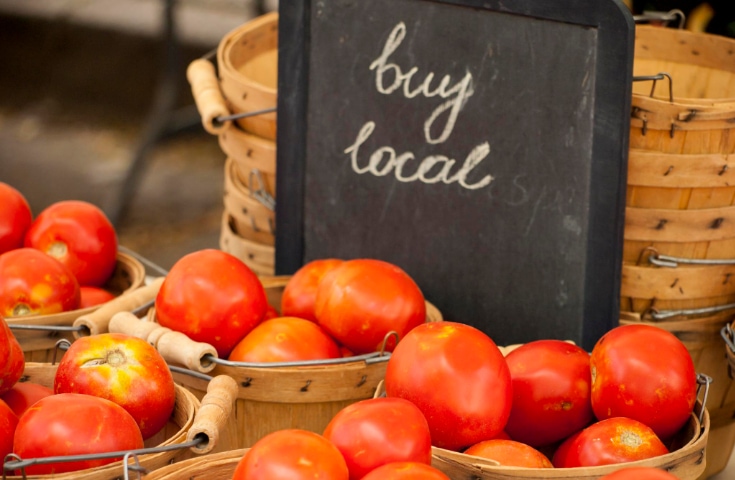Stay focused on your area.
Local SEO is a search engine marketing (SEM) strategy that helps your businesses be more visible in local searches on Google. This includes being found on maps, phone books, and directories like Yelp and Yellow Pages. You can use local SEO to increase traffic, leads, and sales.
Local Pack
The Local Pack appears at the top of the search engine results page (SERP) for a local search. Listings appear alongside a map with pins marking the location of each business.
Being featured in Google’s Local Pack is highly beneficial. These three top-ranking results naturally enjoy the most clicks, which can lead to higher sales and profits.
Local Pack results are based on the Business Profile, not the business’s own website. You’ll therefore need to have a Business Profile set up and well-optimized to rank in this spot.
Source: brightlocal.com
Google uses several signals to determine what information to show in the local pack, including proximity, reviews, ratings, and the address itself. These are called “local SEO factors.” For example, if you’re located near a popular attraction, there’s a good chance people will find you via search engines. So, if you want to rank high in local search results, include relevant information about your business in your site’s content.
You can also optimize your listing for specific terms and phrases. For instance, if you sell hiking boots, you might add tags like “hiking boots,” “outdoor clothing,” and “backpacking equipment.”
If you don’t have a physical store, you can still do some things to improve your local SEO. For example, if you offer delivery within a certain radius, you’ll likely appear in nearby locations’ local packs. Also, you could mention that in your profile if you provide customer services.
Google’s local search algorithm is designed to help users find what they are looking for quickly and easily. And it does that by considering the searcher’s location.
But there’s another side effect of the algorithm: Local SEO is a very different pattern than traditional SEO.
Google understands that people searching for local information usually look for something nearby. For example, someone might be looking for a restaurant near her home. Or she might be looking for a dentist nearby. So, Google uses several signals to determine the location of the person. Those include IP address, location data from the device, geolocation data from the device, and the language used in the search query.
The good news is that there are ways to optimize for local keywords regardless of whether you think you’re already doing enough. First, ensure you’ve set up your site for local SEO. Ensure you’ve included a physical address, phone number, hours of operation and map. Your business name, description and category must also be optimized for local search. Then, try adding some quality reviews and citations. Finally, add rich snippets to your listings.
Local audiences perform many of their searches online. They use apps like Foursquare, Yelp, Facebook Places and even Google+ Local to find what they’re looking for. As a result, local search traffic accounts for 26% of global mobile search volume, according to Statista.
In our ever-evolving industry, we like to collaborate and share knowledge with other SEO Companies.

